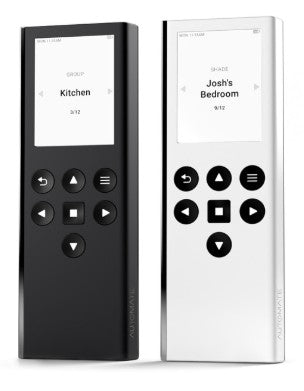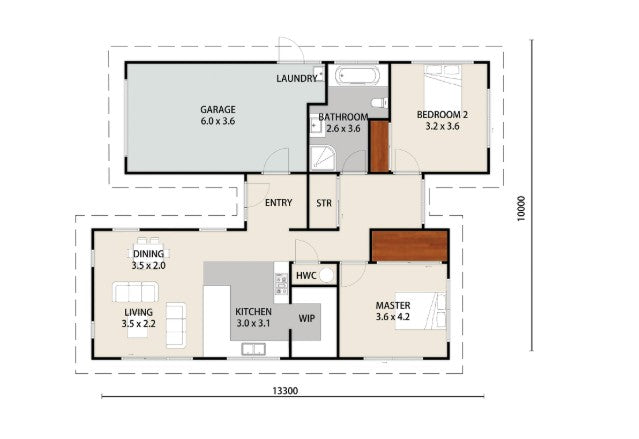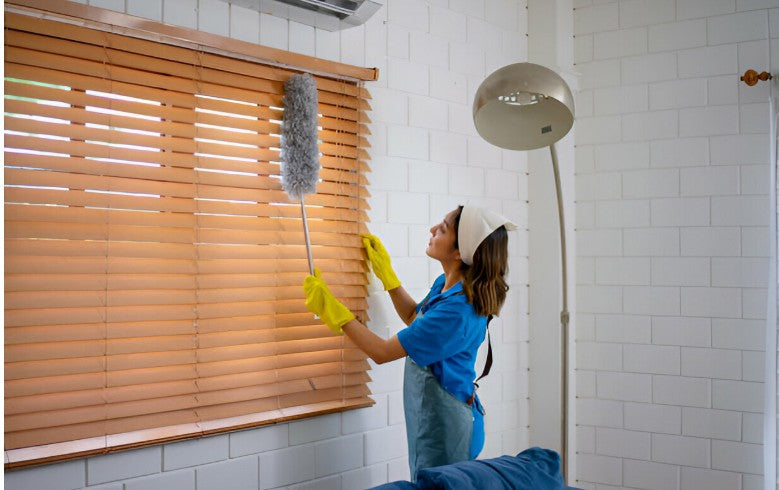Roller blinds are not only the most cost effective window covering for privacy and insulating your windows, they are simple and easy to measure and install.
Most of the time, roller blinds are mounted internally within a window frame. The key benefits of an internal mount is that the blinds sit tidily within the frame and fixing into a timber frame is easy and provides strong fixing. Internally mounted roller blinds can be front rolled if your blinds needs to avoid handles or latches or back rolled if you want the fabric as close to the window as possible to minimize light bleed.
Externally mounting roller blinds - either on the window's frame or just outside it, can provide greater fabric coverage of the windows to eliminate light bleed. It can also help avoid mullions or handles on ranch sliders and stacker doors and is sometimes required if the windows frames are too narrow to install the brackets internally. Externally mounted roller blinds are usually back rolled to ensure that the fabric is close to the window. When mounting blinds externally it is vital-to know when you will be screwing into as often placing brackets too far from a window frame can mean you are fixing into gib,and you will require wall plugs or screws to help ensure there is adequate fixing for the blinds. When you back roll a roller blind, the back of the fabric is exposed at the top of the blind - as many roller blind fabrics have a white acrylic backing, it pays to consider your fabric choice carefully to ensure that you will be happy having the back of the fabric visible.





